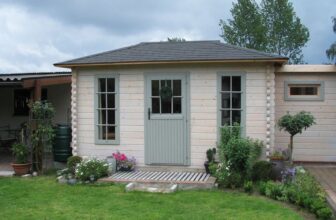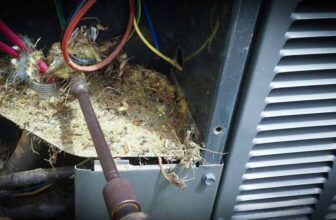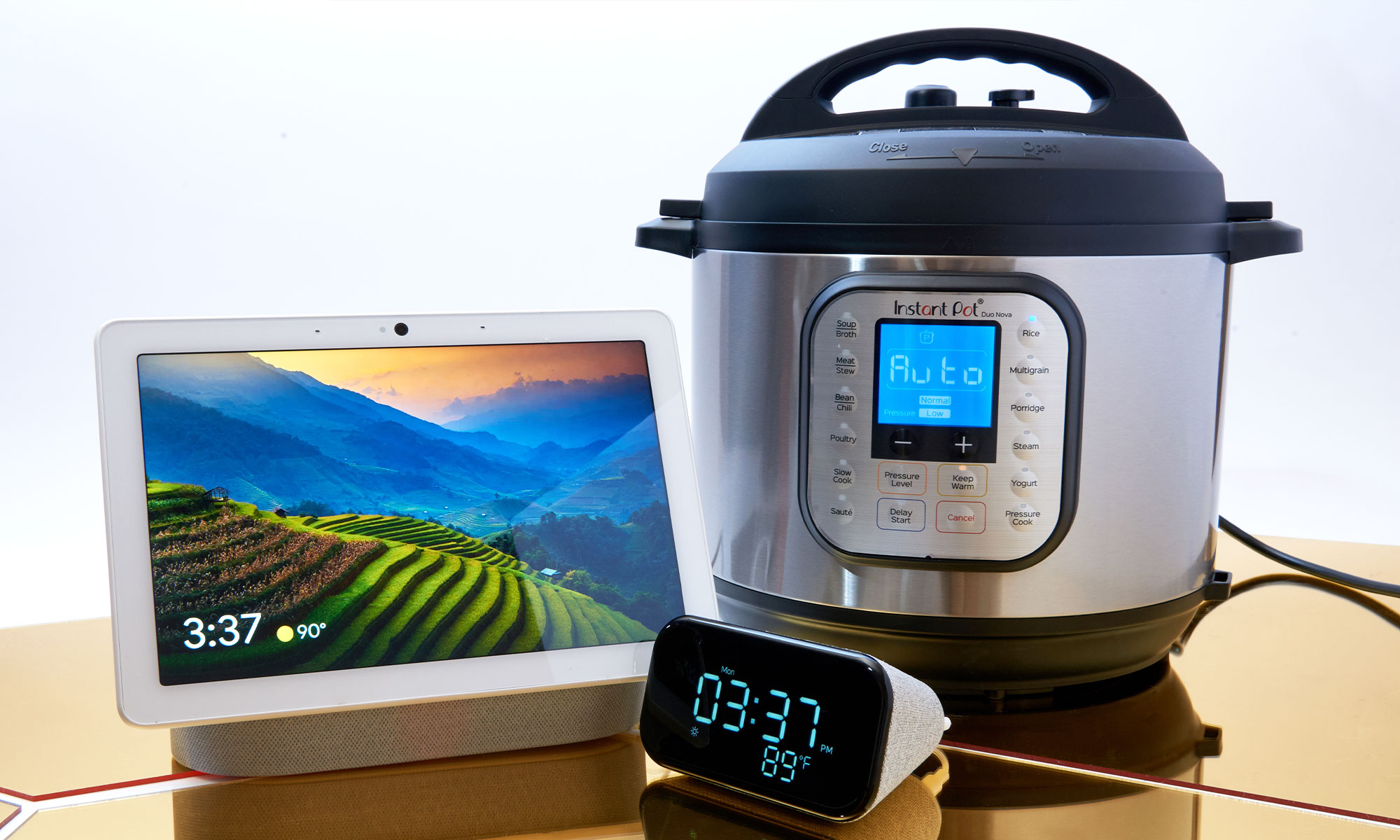
Have you been wondering how to bring your home into the modern era, in terms of technology? So many homeowners have a nagging feeling that they could do more, but they often fear high expenses and projects that could quickly become very complex. Fortunately, not all technological improvements need to be a hassle. Some of the most popular ones are beloved because they either pay for themselves or are much simpler to implement than you might suspect. Here’s a look at several of the hottest technology improvements homeowners are taking on.
Table of Contents
1. Smart Security Systems
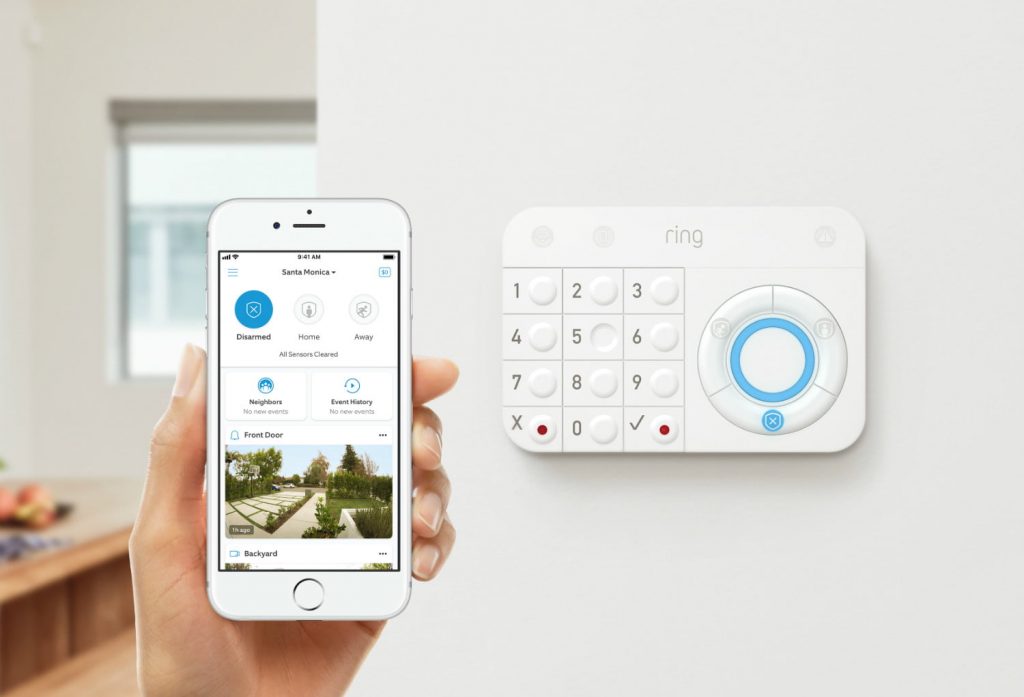
img source: imcorp.jp
Security systems are ideally versatile. Some of the latest devices in this product niche are portable, so you can take them with you when you move. Likewise, others are hard-wired into the structure and provide an added layer of safety and secure living for families and single people. The beauty of advanced devices like wrap-around surveillance cameras (outdoor and indoor), motion detectors, and motion-activated alarms from a trusted private residential estate security that prices have come way down in the past few years. Plus, you can pick and choose what you need from a large menu of sophisticated and simple products.
2. Home Lifts
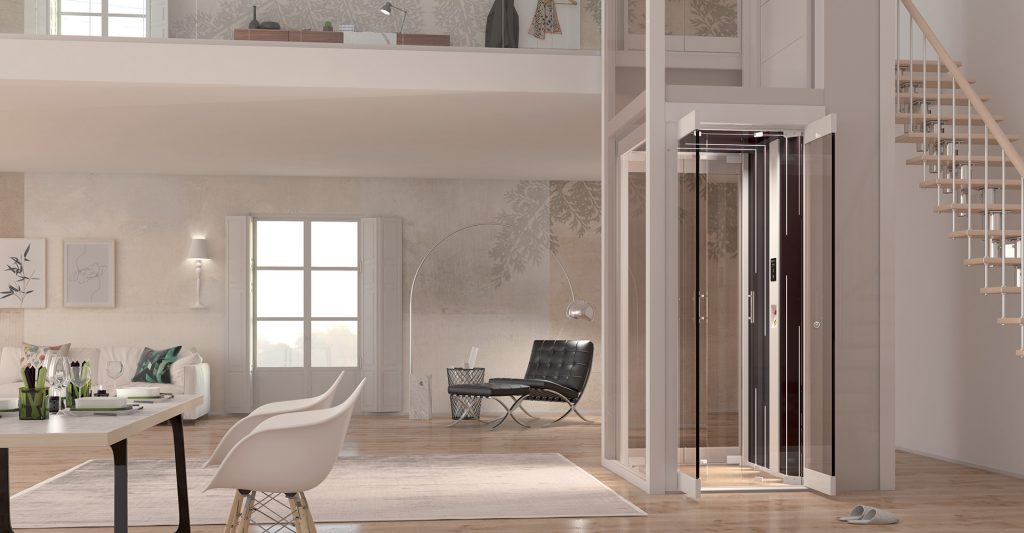
img source: elcor.co
Adding a home lift is not a DIY project, but it’s one of the most popular of all modern residential improvements and for lots of reasons. In addition to the obvious elegance factor, there’s the fact that an in-home lift can prevent falls and other accidents that occur on staircases in multi-level living quarters. For example, top products in the niche, like the home lift company Stiltz, not only look great but add a sense of safety for older folks who would rather avoid stairs altogether. And even though residential lifts were once few and far between, they’re now gaining a wider audience and beginning to show up in planned communities, real estate developments, and stand-alone houses.
3. Programmable HVAC
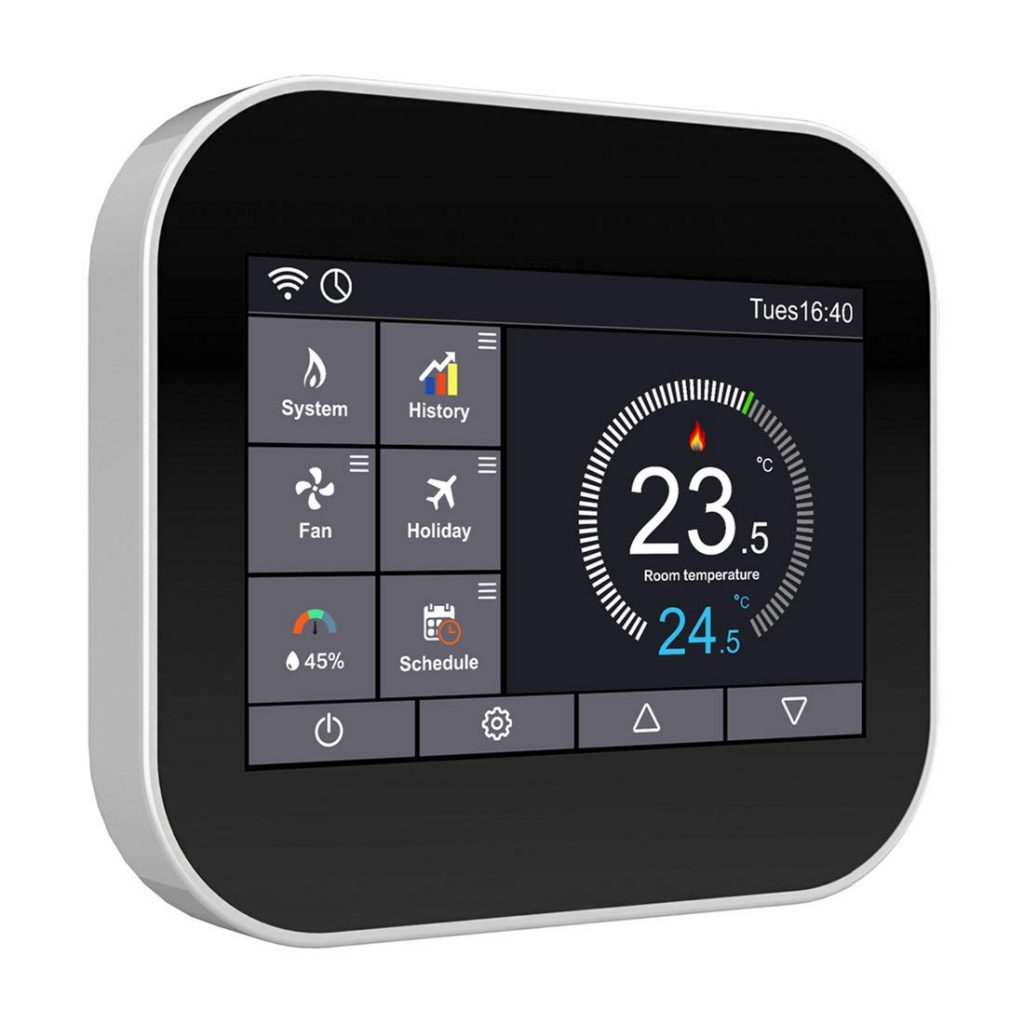
img source: amazon.com
The latest in HVAC efficiency comes at a reasonable price and many versions of these clever improvements are DIY weekend projects. It all started with the programmable thermostat a couple of decades ago. From there, the entire product line grew quickly, adapting to a wide number of personal preferences and energy-efficient demands. If you want to cut your monthly utility bills, consider hiring a licensed electrician to do an energy audit of your house. After that, it’s usually easy to figure out exactly what you need in terms of high-tech heating and air-conditioning programs. Many work by monitoring the temperature of each room and cutting airflow in unoccupied zones.
4. Voice Activated Appliances
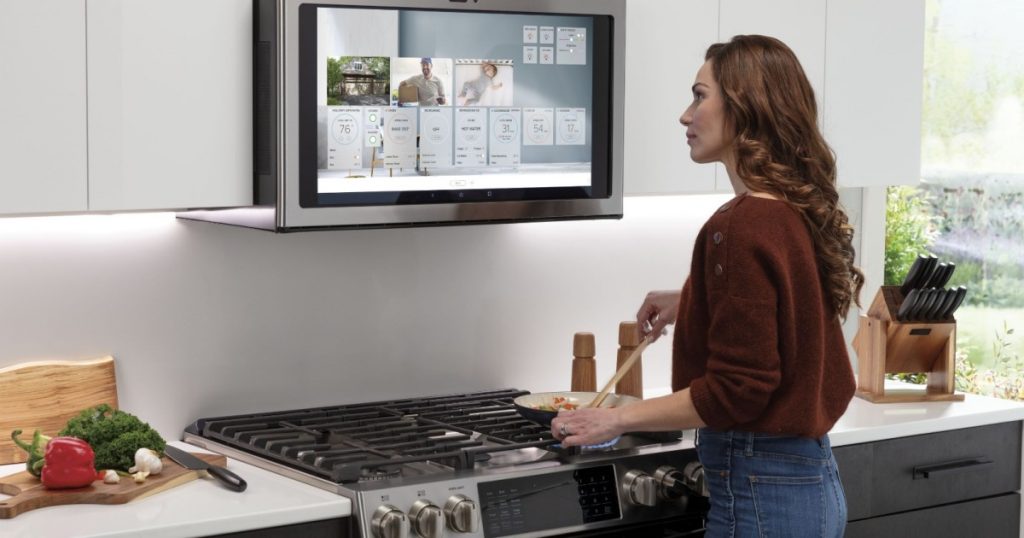
img source: newatlas.com
Voice-activated devices are showing up everywhere, not just in the kitchen. In addition to older ideas like voice-activated ovens, blenders, and temperature-controlled fridges, you can install add-on voice-activated systems to just about every electronic device you own. One advantage is that it’s much easier to turn off unneeded lights and energy-wasting TVs when all you need to do is say, “off.”
5. Energy Efficient Roofs
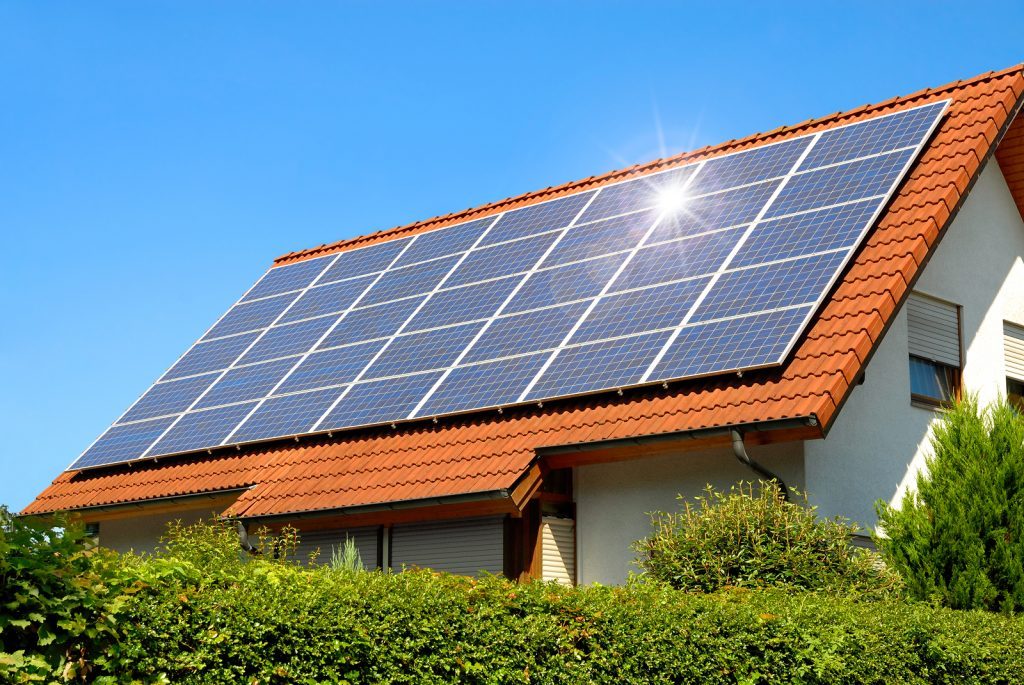
img source: zmescience.com
What’s happening with roofs? Solar is happening and has been for some time. But, one of the trendiest developments of all is energy-efficient tile. Newer offerings in shingles include reflective versions, mini solar panels, ultra-thick insulating ones, and other clever, cutting-edge ideas that help keep the inside of your living space comfortable year-round. If you’re a fan of solar, one of the other things you’ll discover among the new designs is ground-based units that act as additional power generation sources for roof-top arrays. In fact, wherever you have open space on your property can be a place for solar panels.
Several of the world’s largest makers of this technology have ramped up efficiency and lowered prices in the last few years. That means you can select from a wide range of solar power setups to suit your home’s size and your budget.
6. Wi-Fi Connected Entertainment Centers
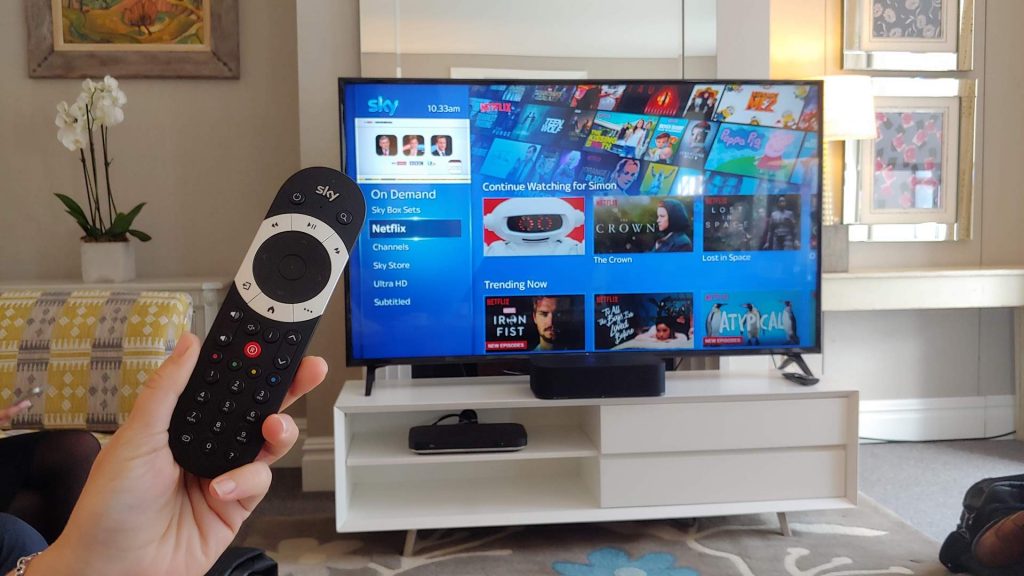
img source: techradar.com
A decade ago, you’d have to spend a small fortune to install a giant plasma TV screen and a high-end soundbar into your entertainment center. Nowadays, it’s possible to go large with your television screen and get the very best in audio quality for a competitive, reasonable price. But, the biggest trend of all in this area is wireless, which usually means Wi-Fi everything. Check out some of the latest living room TV and audio systems and you’ll notice something odd. There are no wires anywhere, or at least not any that you can see. That’s because all the top products in this niche come with a Wi-Fi hookup or, at most, one small wire that can be run underneath a rug.
7. IT Rooms
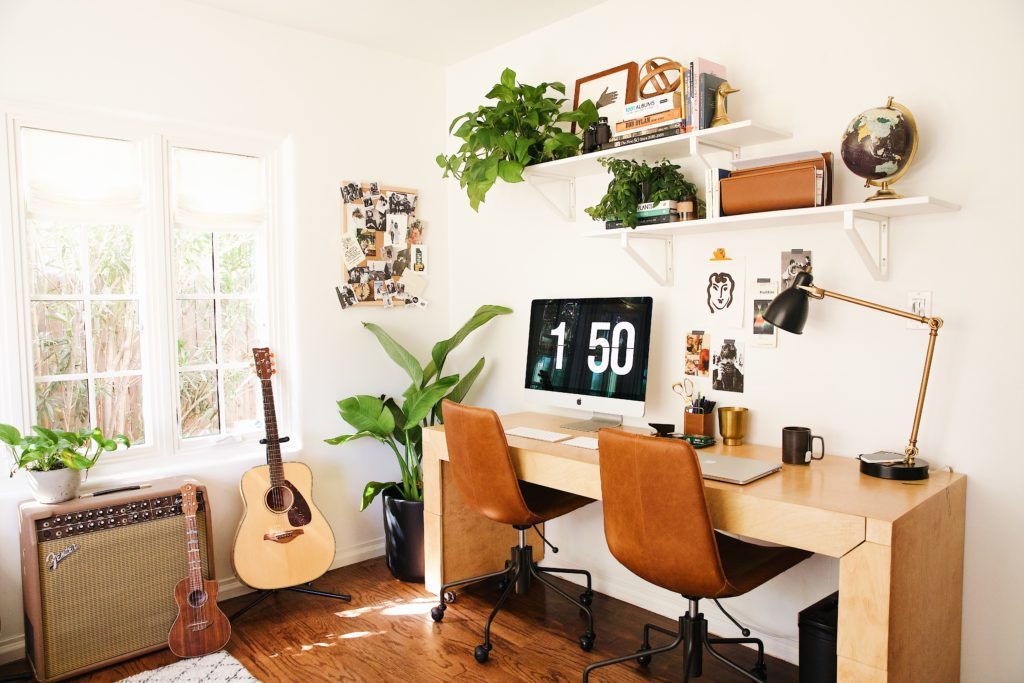
img source: thespruce.com
Tech rooms are becoming common fixtures in modern family residences. With so much Wi-Fi technology replacing hard wiring, it’s now possible to store PC units (minus monitors), routers, special antennas, switch boxes, and other peripherals in a single location. Often called an IT room or simply a tech room, this is where you’ll find nothing but several tables, perhaps a large fan to keep the air circulating, a couple of mounted surveillance cameras for remote viewing, and a door with a lock on it. Technology centers are even being designed into some newer homes in Asia and Europe, where space is at a premium and it makes good sense to remove wired clutter from the rest of the house. How can you put an IT room into your own home? It’s as easy as choosing which spare bedroom or extra-large closet that you can live without.
If you own dozens of large, PC-connected appliances, laptops, and other tech items, it might be a good idea to hire a freelance IT pro to set up your room. The cost is low and a one-time expense. After that, you can adapt the space as you see fit and keep the rest of your living quarters free of clutter. Most of the upgrades listed above come with a cost, but in all cases, there either pay for themselves in terms of convenience, higher home resale value, or reduced energy consumption. The trick is knowing which improvements are right for you, and which ones fit your family’s lifestyle.




